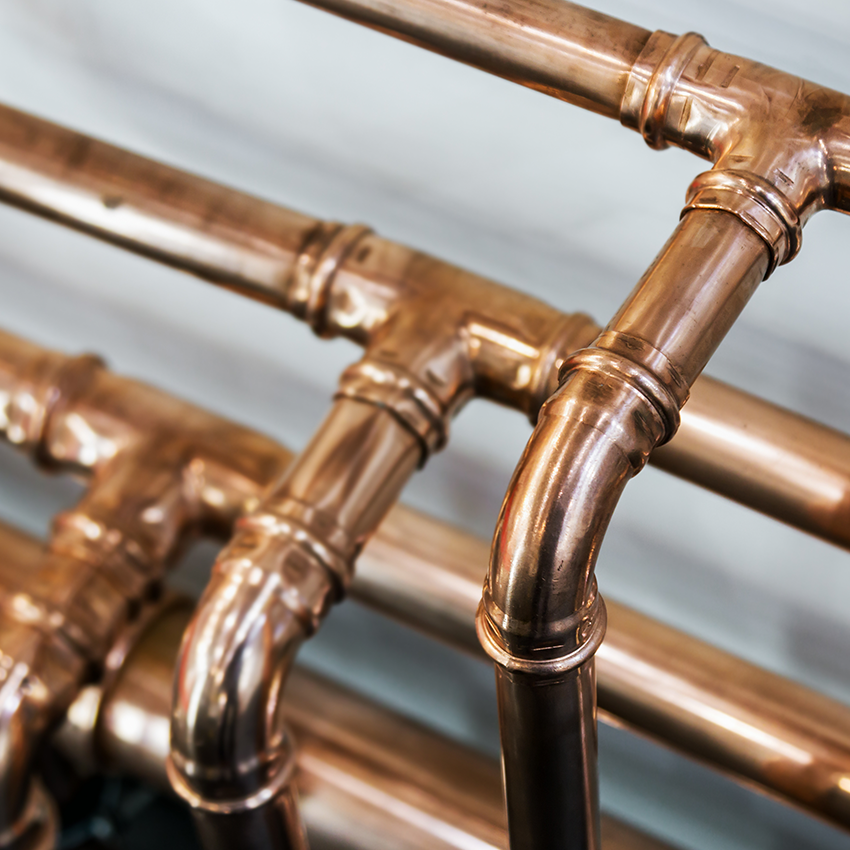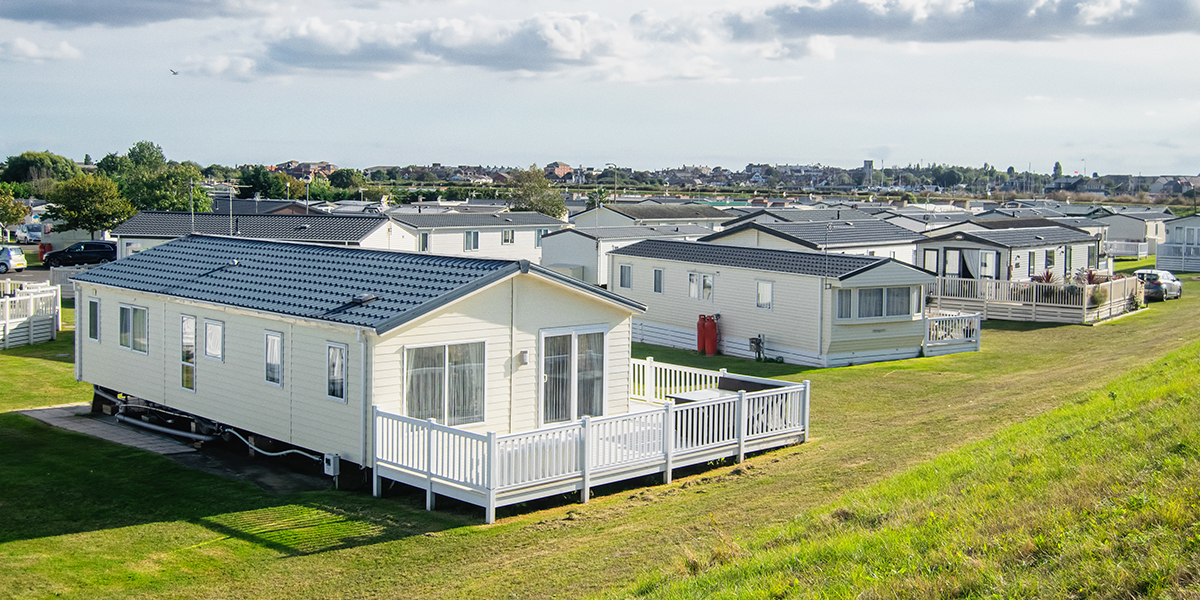Commercial buildings by nature are large water users. While agriculture, power generation, and manufacturing account for a significant portion of water consumption in the U.S., commercial buildings are not far behind.
In addition to incentive programs and tax breaks, commercial buildings can save valuable resources by following these streamlined water conservation methods:
1. Install low-flow plumbing fixtures
Retrofitting your commercial building will require an initial investment; however, water-conserving plumbing fixtures such as faucet aerators, high efficiency toilets, and low-flow shower heads offer numerous benefits. In addition to reducing water consumption and associated costs, low-flow water fixtures can also assist commercial buildings in gaining LEED certification.
Before you begin your retrofit, check out the various resources, initiatives and products offered by the EPA to help save water, energy, and operating costs.
2. Regulate water pressure
Water pressure levels can be a great indicator of your commercial building’s overall plumbing health. Ideally, building water pressure should be between 65-80psi; anything above that range can damage fixtures and increase the chance of pipe bursts.
3. Insulate piping
In many existing buildings, domestic hot water pipes are either uninsulated, or done so improperly. Consequently, building water users are required to wait for hot water to flow, resulting in considerable water waste. In addition to conservation through the immediate delivery of hot water, proper pipe insulation can also reduce energy consumption by controlling heat loss.
4. Install rain sensors on irrigation
If your property has an irrigation system, installing rain sensors can be one of the easiest ways to save water. When precipitation is detected, rain sensors place a stop on your irrigation system to reduce unnecessary watering. As soon as the rain stops, the rain sensors will turn off and resume the irrigation system’s programmed schedule.
5. Optimize cooling tower usage
By design, cooling towers use significant amounts of water as a result of evaporation, drift, and blowdown; however, careful monitoring and control of the blowdown quantity offers the most significant water savings in cooling tower systems. To minimize blowdown water quantity and reduce make-up (domestic) water demand, you want to maximize cycles of concentration. According to the EPA, increasing cycles from three to six reduces cooling tower make-up water by 20% and cooling tower blowdown by 50%. Using WaterSignal’s real time monitoring technology, you can easily monitor your cooling tower’s make-up and blowdown, cycles of concentration, and overall building water usage from any internet-enabled device. Additionally, WaterSignal can also assist in gaining cooling tower evaporation credits by providing accurate historical water data.
Like a doctors stethoscope, WaterSignal uses sensors to listen to the pulse of your existing meters. Usage data is then collected and sent wirelessly to a secure web portal. When it’s time to submit your log-book for credit, simply log on to your secure WaterSignal dashboard, select your desired dates, and export your data into Excel or PDF format.
6. Install smart water monitoring technology
With a smart monitoring system like WaterSignal, you have access to your property’s hourly, daily, and monthly water consumption data. Property water consumption is also broken down into metrics like average gallons per day, estimated cost per year, and estimated cost per square foot or unit per year. Having this kind of information can assist with facility benchmarking efforts, as well as illustrate the efficiency of water use best practices.
To learn more about WaterSignal, contact us today.




